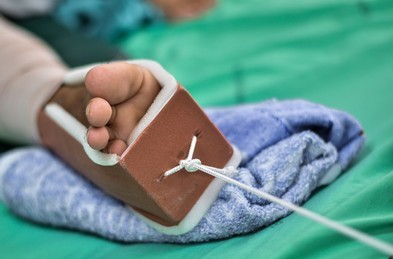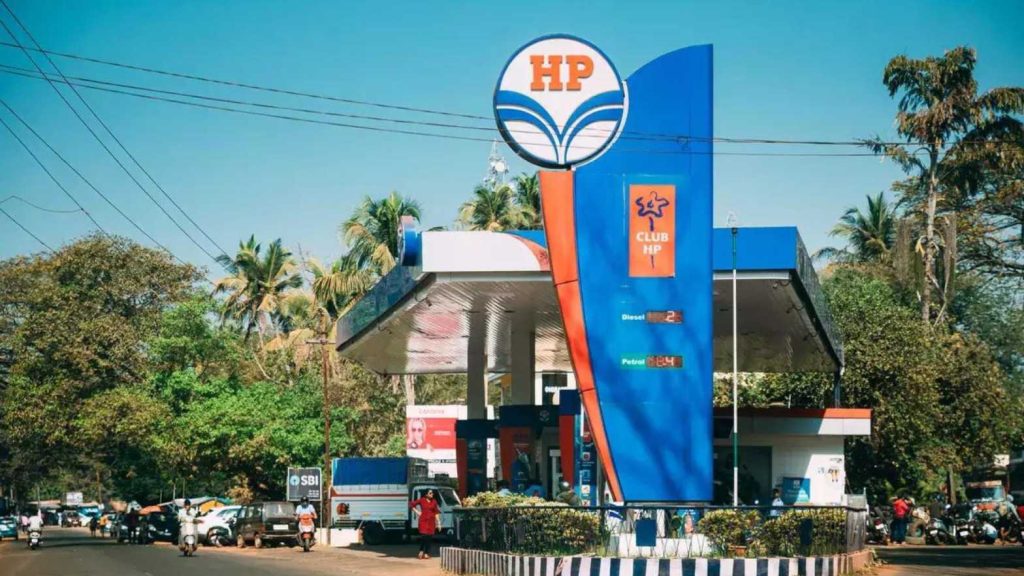
Types Of Traction: Bucks Traction, Skeletal Traction, & More
Suffering from stiffed and constricted muscles or joints? Sustained fracture in your bone? If yes, traction is the ultimate solution for you. Traction in the medical industry is defined as the process to pull back a fractured or dislocated body part slowly and gently to its original position. It is a traditional method in which ropes, pulleys, and weights are used to fix dislocated or fractured body parts. There are different types of traction, including bucks traction, skeletal traction, and cervical traction in orthopedics.
No matter the type of traction, the main goal is to bring the body part back to its original location and keep it steady. Some of the uses of traction are listed below.
- Fix bone fractures like a broken arm or leg
- Alleviate the fracture pain before surgery
- Treat bone deformations caused by certain medical conditions like scoliosis
- Fix stiffed and constricted joints, tendons, skin, and muscles
- Aid in stretching the neck and controlling painful muscle cramps
As mentioned above, there are mainly three types of traction, including skin traction (bucks traction), skeletal traction, and cervical traction. The type of traction used depends on the affected body part and the type of problem. Keep reading the blog to learn about each type in detail.
Table of Contents
Different Types of Traction: Bucks Traction, Skeletal Traction, & More
Skeletal Traction
Skeletal traction is one of the common and effective methods to treat broken bones. In this, a combination of pins, weights, and pulleys are altogether used to fix fractured bones primarily in the lower body. In skeletal traction, a pin, wire, or screw is placed in the fractured bone and further weights are attached to it to pull the bone back to its right position. This type of procedure is carried out using general, local, or spinal anesthesia to prevent pain during the process.
This procedure is mainly used to treat fractures of the thighbone or femur. Apart from that, skeletal traction is also used when a greater force is required at the affected body part.
Skin Traction (Bucks Traction)
Also known as bucks traction, skin traction is the procedure to strap the affected lower limb and attach weights. Compared to skeletal traction, skin traction is far less invasive. In this traction method, splints, bandages, or adhesive tapes are applied directly below the fracture and weights are attached to it to pull the affected part back to the right position using a pulley attached to the bed.
Skin traction or bucks traction is mainly used to treat and repair soft tissues like muscles and tendons. In this type of traction, less force is involved to avoid irritation and hurting other skin tissues. Please note that skin traction or bucks traction is a temporary technique to hold a fractured bone until proper surgery is carried out.
Cervical Traction
Another type of traction is the cervical traction in which a metal is placed around your neck and further body harness and weights are attached to it to fix the affected body part. General anesthesia is given to the patient so he or she doesn’t feel pain during the entire process.
There are two different situations in which cervical traction can be used. Firstly, it may be used to stretch the neck muscles gently to get some relief from muscle cramps. Secondly, it may be used to restrict or hold the spine after a neck injury.
Cervical traction can either be performed at home or at a healthcare clinic.
Risks Of Traction
Whether skeletal, cervical, or bucks traction, no matter the type of traction, there are some risks involved in all types of surgical methods. Some of the risks are
- Negative consequences of the anesthesia
- Excessive bleeding
- Pinned areas can get infected
- Damage to the neighboring tissues
- Nerve injury or vascular injury because of the application of excessive weight
Is Traction An Effective Treatment?
Gone are the days when traction used to be considered a state-of-the-art procedure to treat fractured bones. With the advent of new technologies and tools in the medical world, there has been the introduction of more advanced and effective surgical procedures to fix fractures, damaged tissues, and spinal conditions.
Compared to modern’s day treatments, traction is a little slower technique, doesn’t allow free movement, and required more recovery time. Today, it is just used as a temporary measure until the final procedure is done.
However, traction holds great significance in history. It was during World War II when this procedure saved the lives of many soldiers by transporting them safely without damaging their surrounding tissues.
Moreover, traction can be beneficial in providing temporary pain relief in the initial phases of treatment after trauma. It is always better to consult a medical professional to know which type of traction is the best for your specific health condition.
February 20, 2023

















